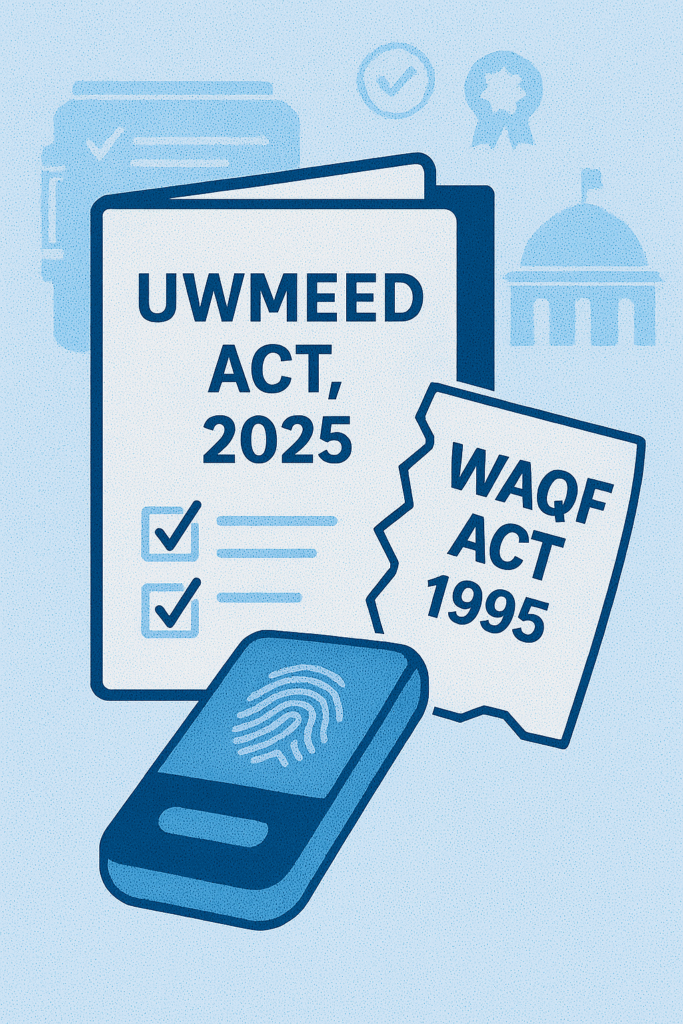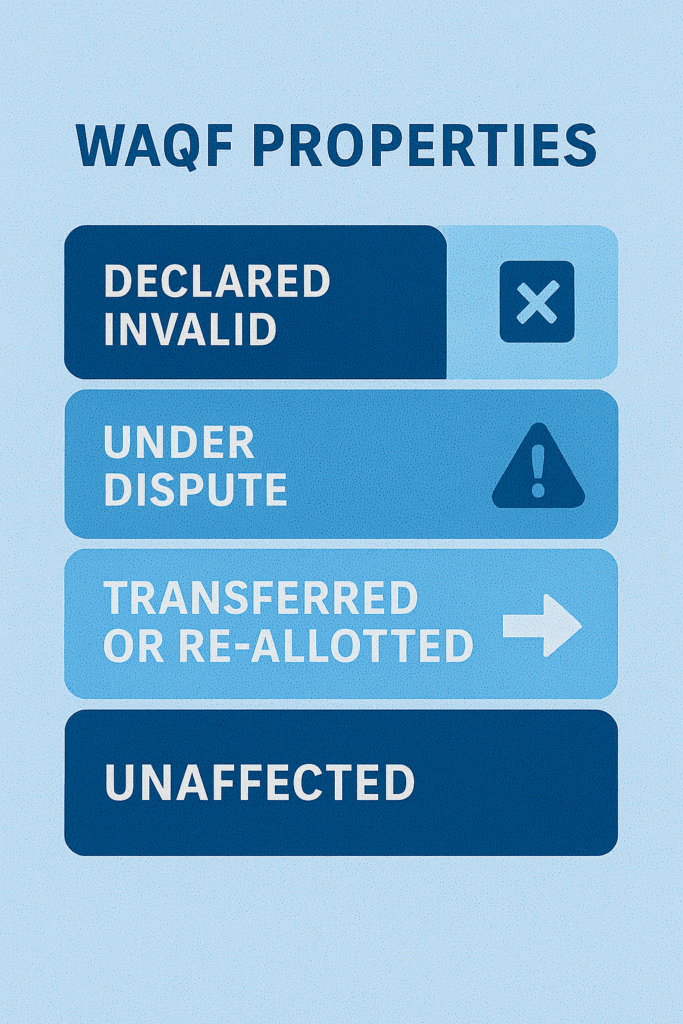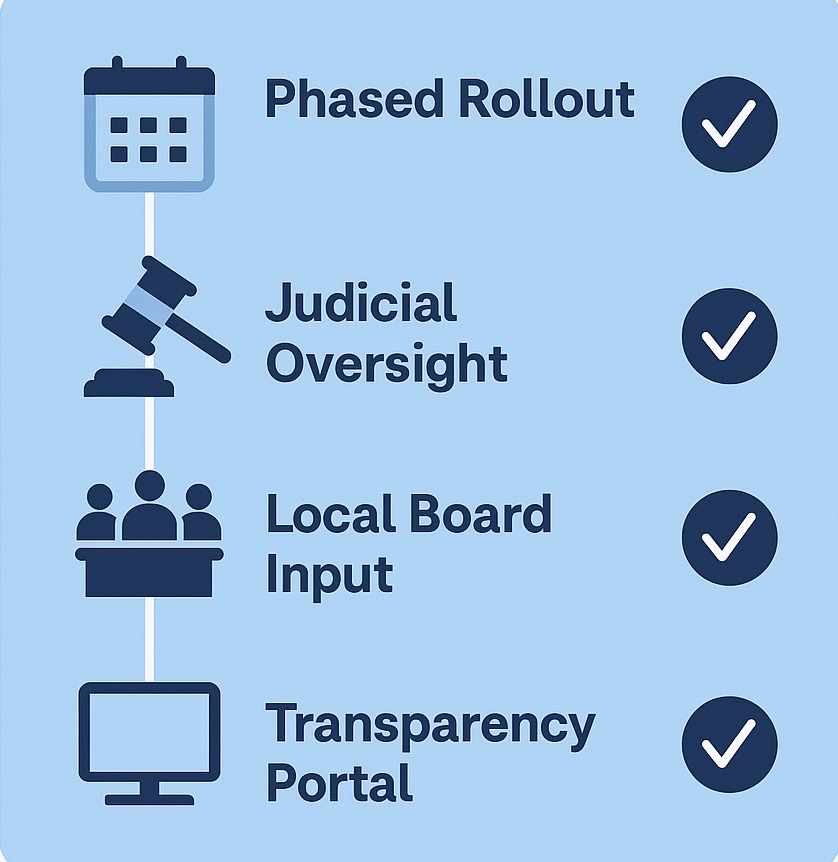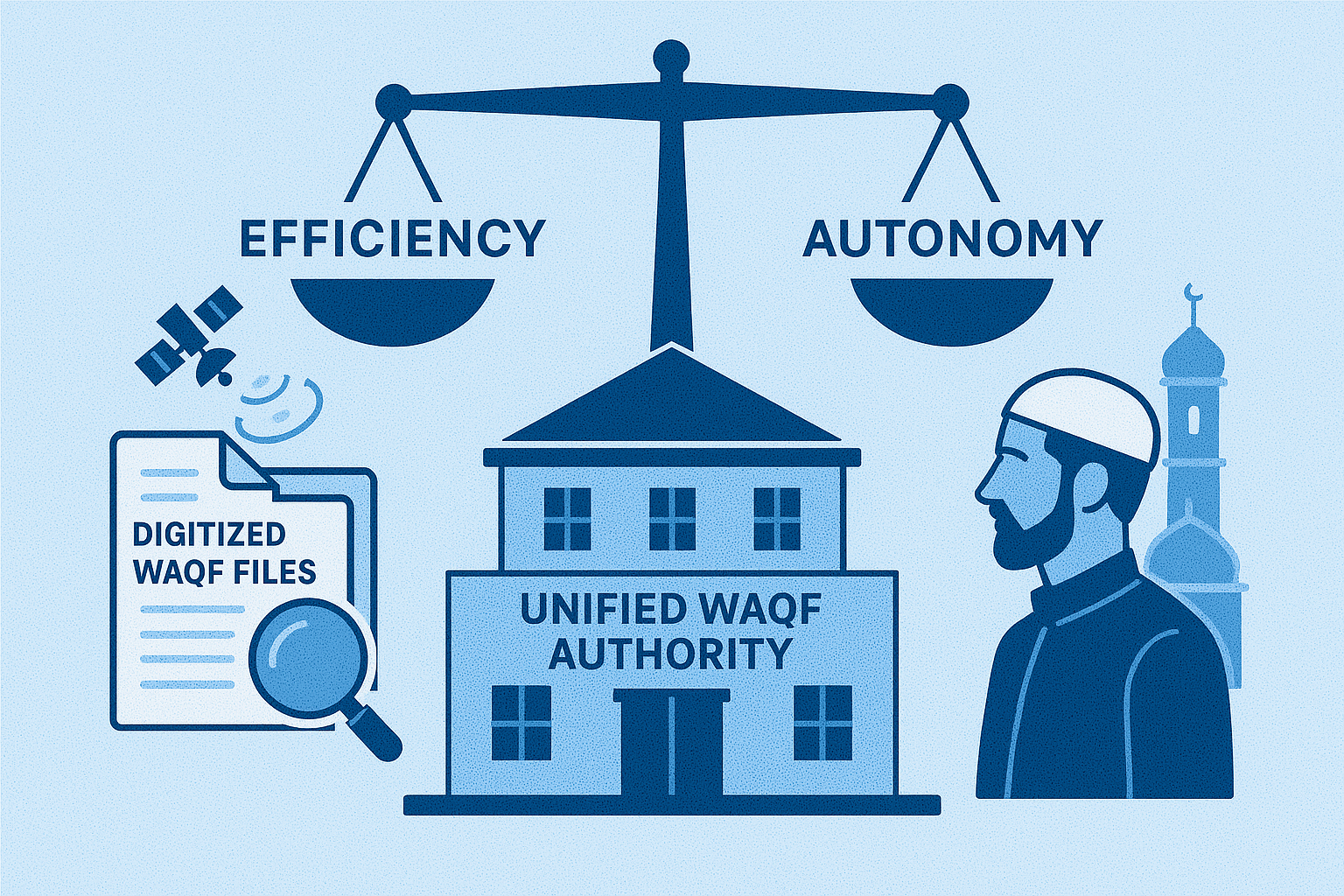The Waqf Amendment Act, 2025—officially titled the United Waqf Management, Empowerment, Efficiency and Development Act (UWMEED Act)—has emerged as one of the most transformative and contested legal reforms in India’s religious property landscape. Positioned as a digital-first modernization initiative, the amendment seeks to centralize governance, enhance transparency, and standardize waqf property records nationwide. But these changes are far from uncontroversial.
As the Supreme Court prepares to hear a cluster of petitions challenging its constitutional validity on May 20, 2025, legal experts, religious leaders, and civil society groups are engaged in a heated debate. This blog explores the core features of the Waqf Amendment Act, 2025, the rationale behind the reform, the resistance it faces, and its broader legal and geopolitical implications.
This in-depth analysis is part of LexNova Consulting’s continuing effort to decode emerging laws for clients impacted by regulatory change.
What Does the Waqf Amendment Act Change?

The UWMEED Act repeals the colonial-era Mussalman Wakf Act, 1923 and reconfigures the Waqf Act, 1995, aiming to bring in uniformity across states and digitize religious property governance.
Key Reforms:
- Establishes a Unified National Waqf Authority with overriding powers
- Mandates centralized digital recordkeeping of all waqf properties
- Sets up compliance cells and e-governance systems for dispute tracking
- Introduces stricter mutawalli eligibility criteria
- Diminishes state waqf boards to advisory roles in many processes
Through these structural reforms, the Waqf Amendment Act seeks to enforce accountability and transparency across India’s waqf boards.While proponents see this as a step toward fighting encroachment and corruption, critics argue it weakens community control, ignores regional variations, and risks state overreach.
Legal Redressal Flow Under the UWMEED Act
The legal redressal process under the Waqf Amendment Act follows this flow.
| Step |
|---|
| 1. Identification of Waqf Property |
| 2. Community Dispute or Compliance Trigger |
| 3. Filing Before Digital Compliance Cell |
| 4. Advisory Review by State Waqf Board |
| 5. Appeal to High Court or Supreme Court |
Critics warn this process sidesteps judicial safeguards, relying instead on compliance officers who may lack understanding of religious practices.
Need clarity on how this process may affect your waqf asset or institution?
LexNova Consulting advises religious boards, mutawallis, and NGOs on statutory compliance and legal risk under the Waqf Amendment Act.
The Role of Community Stakeholders
Historically, waqf governance was rooted in local community involvement. Mutawallis (property caretakers) were appointed based on trust, reputation, and cultural knowledge. The UWMEED framework introduces a performance-based and compliance-heavy model that may disqualify small-scale, grassroots caretakers who lack the administrative resources to keep up.
This shift has sparked fears of exclusion and alienation—particularly among religious scholars and local Muslim institutions. Legal scholars argue this could violate Article 26(b) of the Constitution, which guarantees religious denominations the right to manage their own affairs.
Comparative Global Insight: How Other Nations Handle Waqf
| Country | Model | Key Features |
|---|---|---|
| Malaysia | JAWHAR + State Sultanates | Federal digitization + local religious autonomy |
| Pakistan | Provincial Waqf Boards | Tribunal-based, decentralized |
| Egypt | Ministry of Awqaf | Fully centralized, state-controlled |
| Turkey | Vakiflar Directorate | Cultural foundation model with strong state role |
| India | UWMEED (Proposed) | Centralized, digitized, compliance-led |
India’s model resembles Egypt’s centralized system, raising concerns about cultural and constitutional incompatibility.
Waqf Property Impact: By the Numbers

| Category | Properties Affected (Est.) |
|---|---|
| Declared Invalid | 15,000 |
| Under Dispute | 20,000 |
| Transferred or Re-allocated | 10,000 |
| Unaffected | 3,20,000 |
Insight: Over 45,000 properties may undergo legal or administrative scrutiny in the coming year.

Statewise Distribution Snapshot
| State | No. of Waqf Properties (Est.) |
|---|---|
| Uttar Pradesh | 1,50,000 |
| West Bengal | 85,000 |
| Karnataka | 70,000 |
| Maharashtra | 65,000 |
| Madhya Pradesh | 50,000 |
| Others Combined | 1,05,000 |
Insight: Uttar Pradesh alone houses nearly 30% of all waqf assets, making state participation essential.
Here’s how waqf properties are expected to be affected under the Waqf Amendment Act framework.

Why Is the Supreme Court Hearing the Challenge?
Legal experts believe that the Waqf Amendment Act is likely to redefine the balance between administrative control and constitutional freedom. Several PILs have been filed arguing that the UWMEED Act violates:
- Article 26(b): Right of religious denominations to manage their affairs
- Article 14: Unequal treatment of religious institutions
- Federalism: Bypasses state authority in a culturally sensitive matter
The upcoming hearing will test the limits of centralization in religious property law and determine whether efficiency can override constitutional freedoms.
Whether you’re filing a PIL, defending community interests, or reviewing institutional obligations under this Act, professional legal guidance is essential.
Our legal experts at LexNova can help assess your rights and develop a constitutionally sound strategy.
Survey Insights: Public and Legal Opinion about the effectiveness of the Waqf Amendment Act in reforming governance.
| Question | Yes | No | Undecided |
|---|---|---|---|
| Should the Act be paused until SC verdict? | 68% | 22% | 10% |
| Does the Act risk political misuse of waqf assets? | 74% | 18% | 8% |
| Will digitization improve transparency long term? | 82% | 11% | 7% |
Key Judicial Precedents
- Radha Kishan v. State (1979): Upheld Article 26 rights to religious property management
- TMA Pai Foundation v. State of Karnataka (2002): Affirmed minority autonomy in institutional control
- Shayara Bano v. Union of India (2017): Reinforced constitutional morality in religious reforms
LexNova Recommends: Balanced Reform

To make the UWMEED Act more inclusive and constitutionally sound, LexNova suggests:
- Phased implementation to allow adaptation at the state level.
- Mandatory judicial oversight in compliance disputes.
- Community representation on central compliance panels.
- Public access digital portals for tracking property and raising grievances.
Timeline of Events

The timeline below shows the progression of the Waqf Amendment Act from introduction to litigation.
| Date | Event |
|---|---|
| August 2024 | Bill introduced in Lok Sabha |
| September 2024 | Passed amid opposition protests |
| January 2025 | Rules notified by Ministry of Minority Affairs |
| March 2025 | PILs filed in High Courts and Supreme Court |
| May 20, 2025 | SC hearing scheduled on constitutional validity |
Read Also from LexNova Consulting
- Marital Rape Law in India: Is 2025 the Turning Point?
- Foreign Law Firms in India: BCI’s 2025 Rules Explained
- Digital Access as a Fundamental Right: SC Verdict Explained
References & Sources
- Bar & Bench: Supreme Court to hear Waqf challenge
- PRS India: Waqf (Amendment) Bill, 2024
- ResearchGate: Malaysian Waqf Management Case Study
- India Code: Waqf Act, 1995 PDF
Contact Us
For advice on compliance under the Waqf Amendment Act, contact LexNova Consulting. Have questions about religious property rights or compliance under Indian constitutional law?
LexNova Consulting offers tailored legal advice on:
- Waqf property disputes
- Compliance frameworks under UWMEED
- Drafting legal responses or stakeholder representations
Get in touch for a consultation.
Disclaimer: This blog offers legal and policy analysis for informational purposes only and does not constitute legal advice or commentary on religious beliefs.

